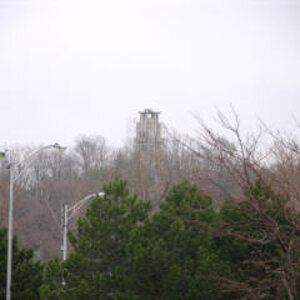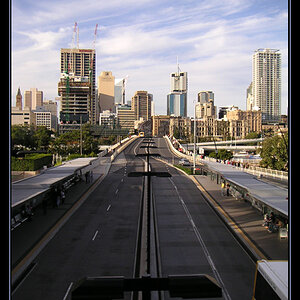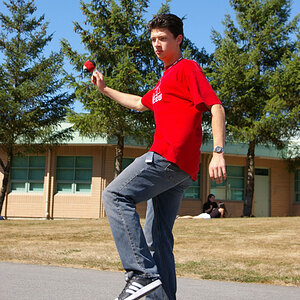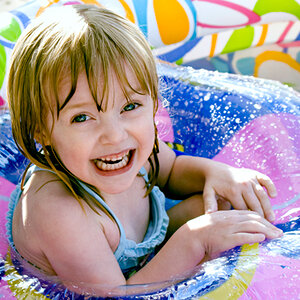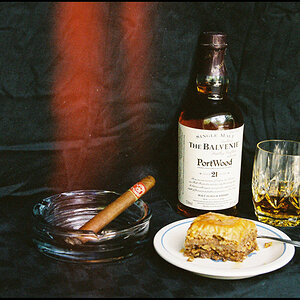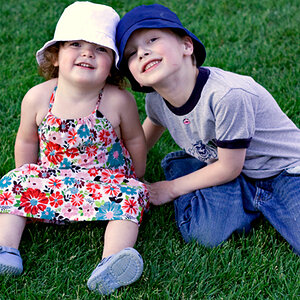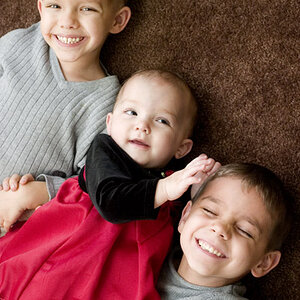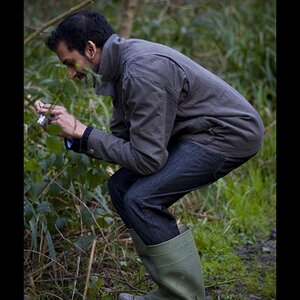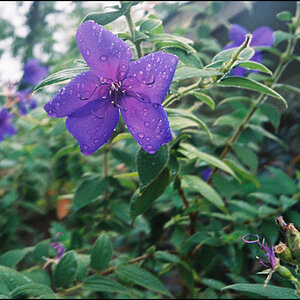nealjpage
multi format master in a film geek package
- Joined
- Sep 16, 2005
- Messages
- 3,479
- Reaction score
- 1
- Location
- Oregon
- Website
- www.myspace.com
- Can others edit my Photos
- Photos OK to edit
I've been seeing a lot of really cool pictures of neon at night and I'd like to give it a shot. The problem is that I have NO idea how to work at nite. I know the light meter on my camera will be fairly useless, so I thought I'd check with youse guys. Any tips on getting started? Lemme give you all a few things to work with first. Gear: Pentax K1000, Leica IIIc, Bronica ETRS. Tripod. Cable release (well, it doesn't fit the Leica  ). Film: Kodachrome 64, Velvia, Provia 100, Ektachrome 100.
). Film: Kodachrome 64, Velvia, Provia 100, Ektachrome 100.
I guess I need to know the best way to determine shutter speed and f-stop (the Dark 2.8 Rule, perhaps??) since I've got no idea how to even start. Thanks!
 ). Film: Kodachrome 64, Velvia, Provia 100, Ektachrome 100.
). Film: Kodachrome 64, Velvia, Provia 100, Ektachrome 100.I guess I need to know the best way to determine shutter speed and f-stop (the Dark 2.8 Rule, perhaps??) since I've got no idea how to even start. Thanks!


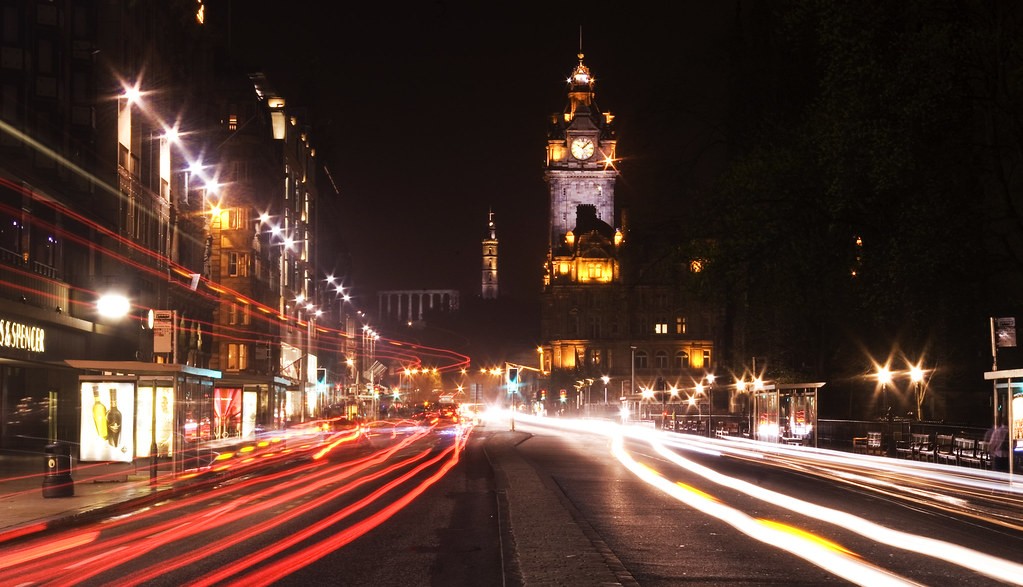
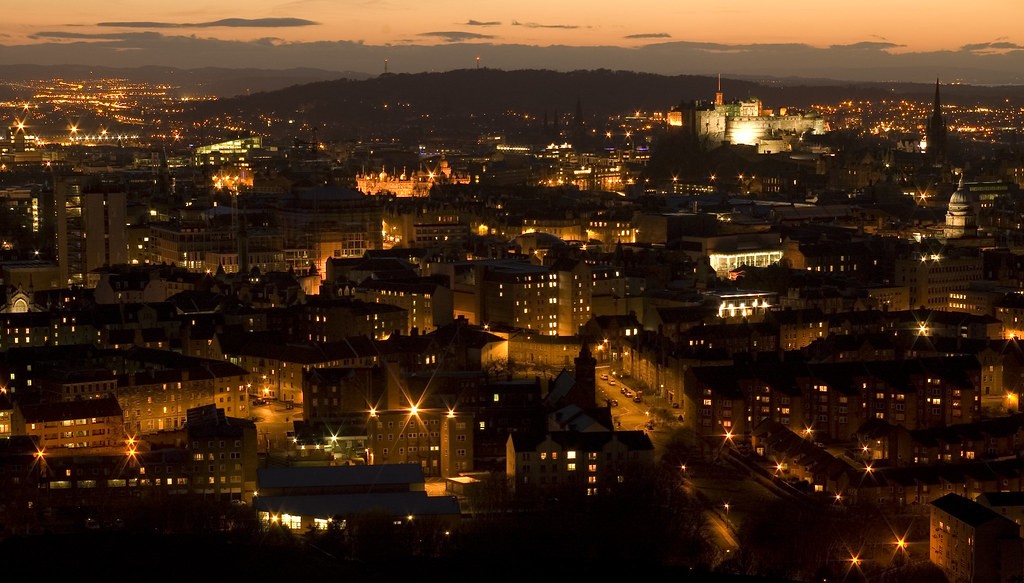

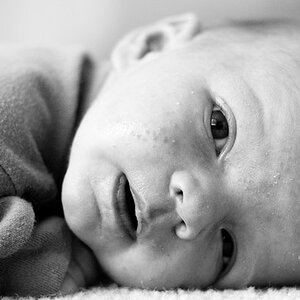
![[No title]](/data/xfmg/thumbnail/42/42277-63576745f84be96df79b94ca0f49e00b.jpg?1619740085)
![[No title]](/data/xfmg/thumbnail/36/36678-71ca8166409788704ac0b1cd83c26787.jpg?1619737677)
